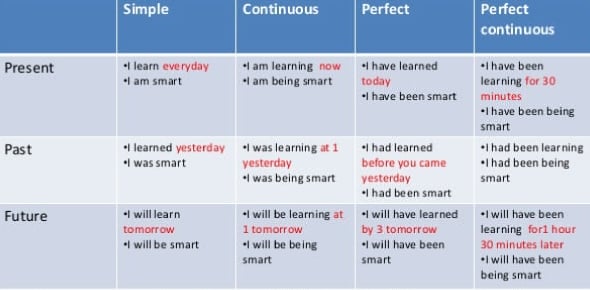Japanese Informal Past Forms (Affirmative)

Change the informal present affirmative forms to informal past forms. Use hiragana.
Questions and Answers
- 1.
いれる (いれます)
Explanation
The correct answer is "いれた." The verb "いれる" means "to put in" or "to insert." In this case, the past tense form of the verb is being asked for. By adding the past tense suffix "た" to the verb stem "いれ," we get "いれた," which means "put in" or "inserted" in the past tense.Rate this question:
- 2.
さがす
Explanation
The given correct answer is "さがした." This is the past tense form of the verb "さがす," which means "to search" in Japanese. The verb is conjugated in the past tense by changing the ending from "す" to "した." Therefore, "さがした" translates to "searched" in English.Rate this question:
- 3.
つる
- 4.
そだつ
- 5.
かわく
- 6.
さわぐ
- 7.
しずむ
- 8.
はこぶ
- 9.
かえす
- 10.
のこる
- 11.
しぬ
- 12.
ならう
Explanation
The given answer "ならった" is the past tense form of the verb "ならう" which means "to learn" in Japanese. The verb "ならう" follows the pattern of "u" verbs, where the ending "う" changes to "った" in the past tense. Therefore, "ならった" is the correct past tense form of "ならう" and it translates to "learned" in English.Rate this question:
- 13.
くもる
Explanation
The correct answer is "くもった" because it is the past tense form of the verb "くもる" which means "to become cloudy" in Japanese. The verb stem "くも" remains the same, and the past tense suffix "-った" is added to indicate that the action of becoming cloudy has already happened in the past.Rate this question:
- 14.
ふとる
Explanation
The given answer "ふとった" is the past tense form of the verb "ふとる" which means "to become fat" or "to gain weight" in Japanese. The verb is conjugated in its past tense form to match the past tense context of the sentence. Therefore, "ふとった" accurately describes the action of becoming fat or gaining weight in the past.Rate this question:
- 15.
たつ
- 16.
しく
- 17.
いそぐ
Explanation
The given correct answer is "いそいだ". The verb "いそぐ" means "to hurry" or "to rush". In its past tense form, it becomes "いそいだ", which means "hurried" or "rushed". This form indicates that the action of hurrying or rushing has already been completed in the past.Rate this question:
- 18.
つつむ
- 19.
よぶ
Explanation
The correct answer is "よんだ" because it is the past tense form of the verb "よぶ" which means "to call" or "to read".Rate this question:
- 20.
はらう
- 21.
おりる (おります)
Explanation
irregularRate this question:
- 22.
くる
- 23.
する
Explanation
irregularRate this question:
- 24.
いく
Explanation
irregularRate this question:
- 25.
ある
Quiz Review Timeline +
Our quizzes are rigorously reviewed, monitored and continuously updated by our expert board to maintain accuracy, relevance, and timeliness.
-
Current Version
-
Mar 16, 2023Quiz Edited by
ProProfs Editorial Team -
Mar 31, 2010Quiz Created by
Sunaidaa
 Back to top
Back to top


